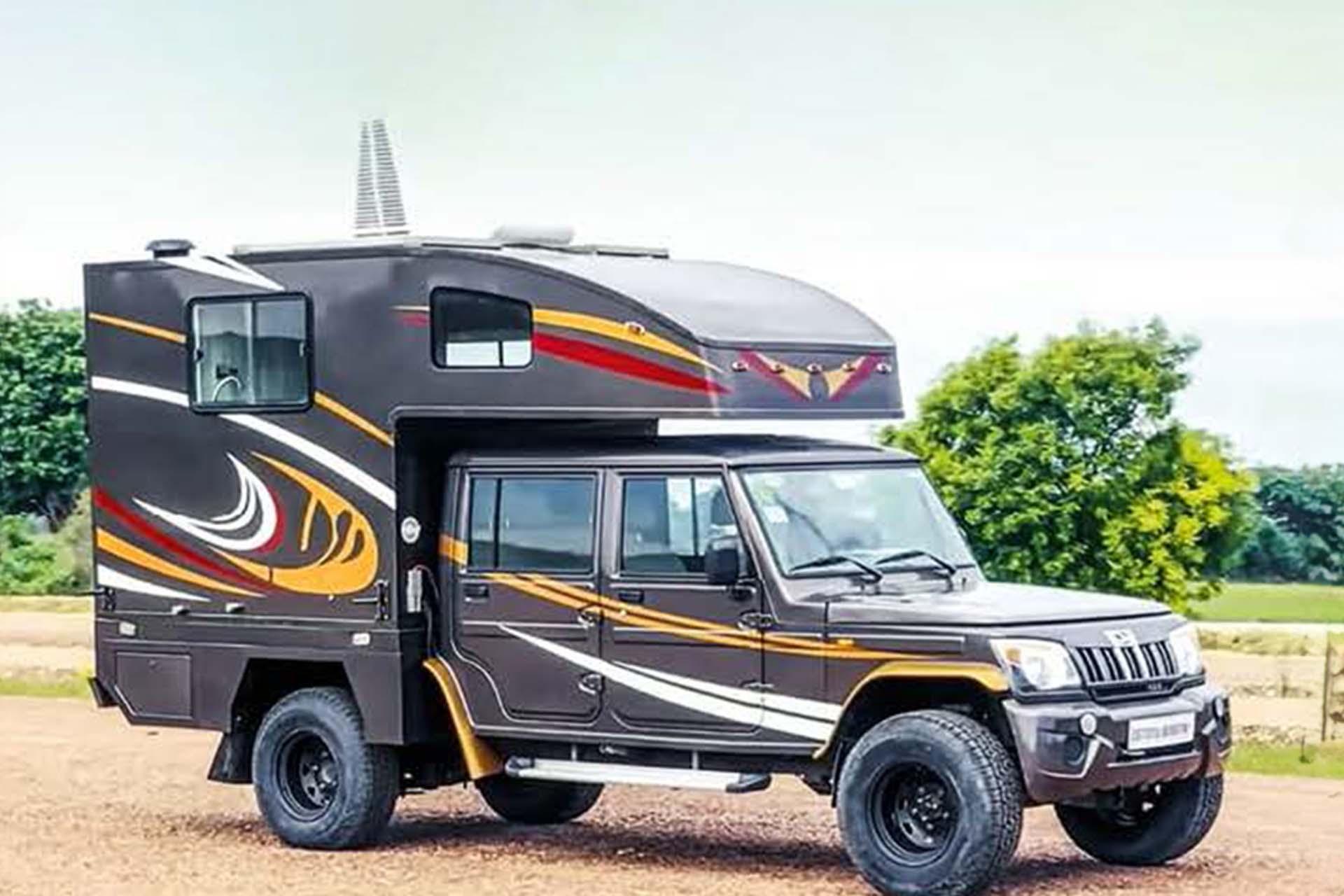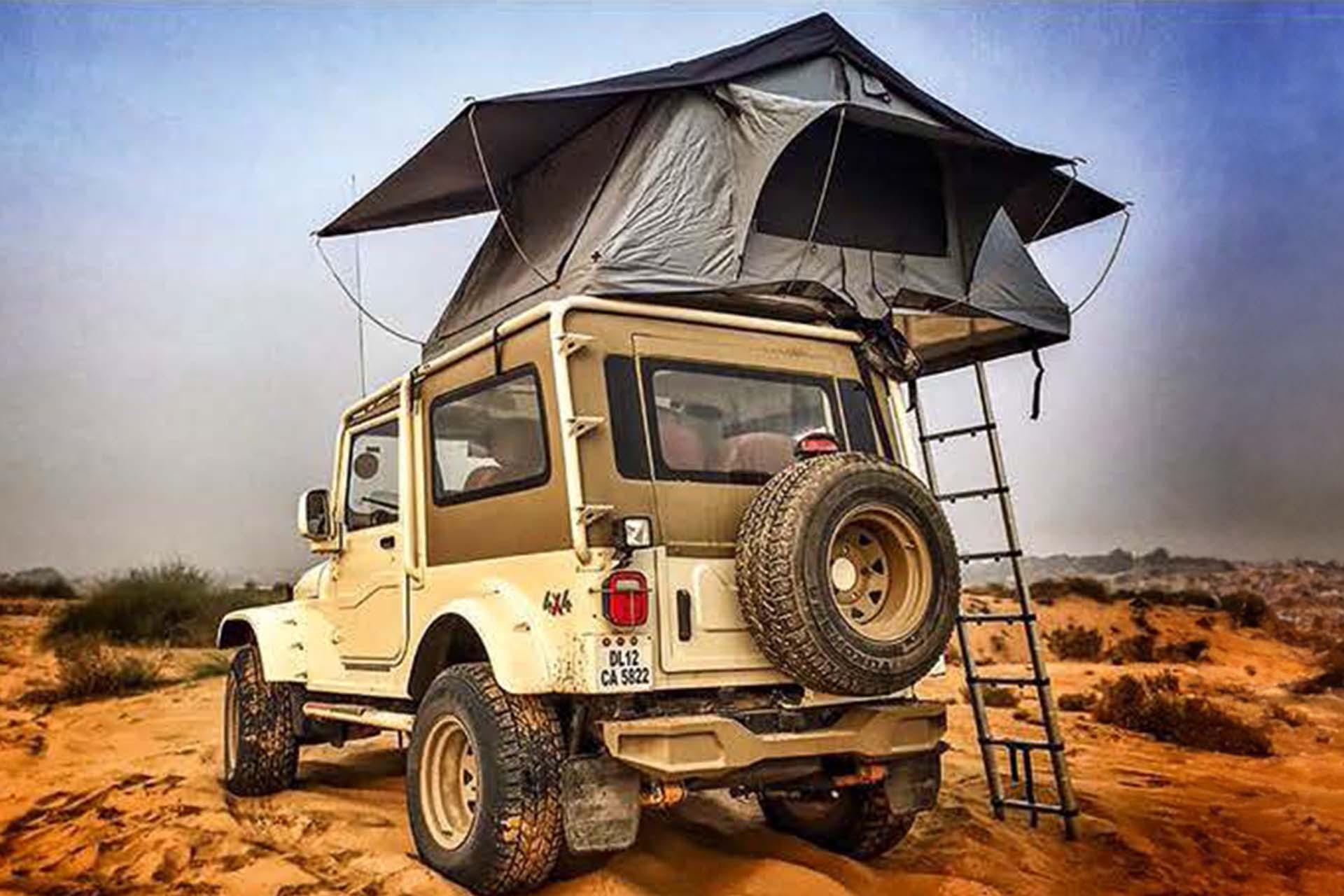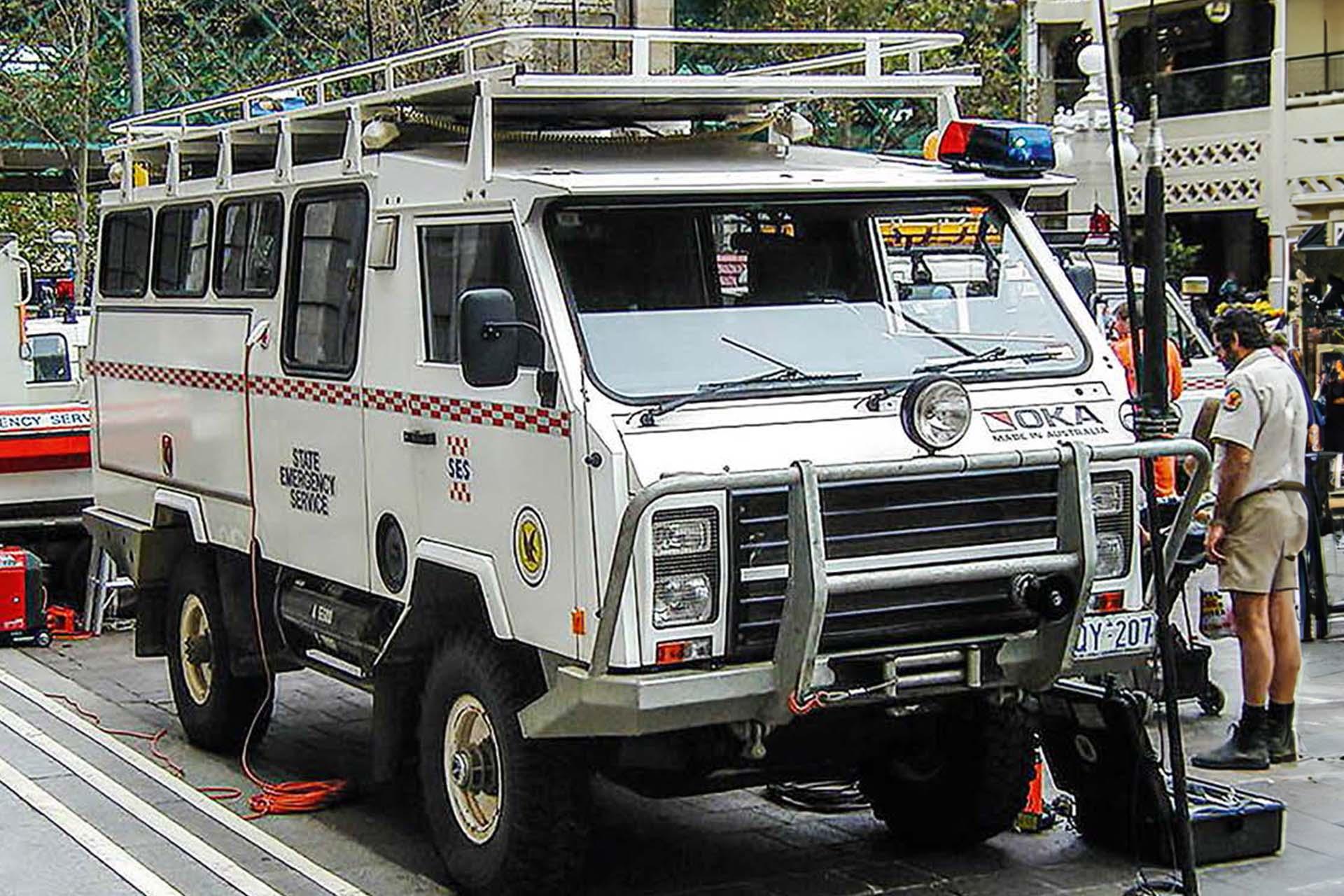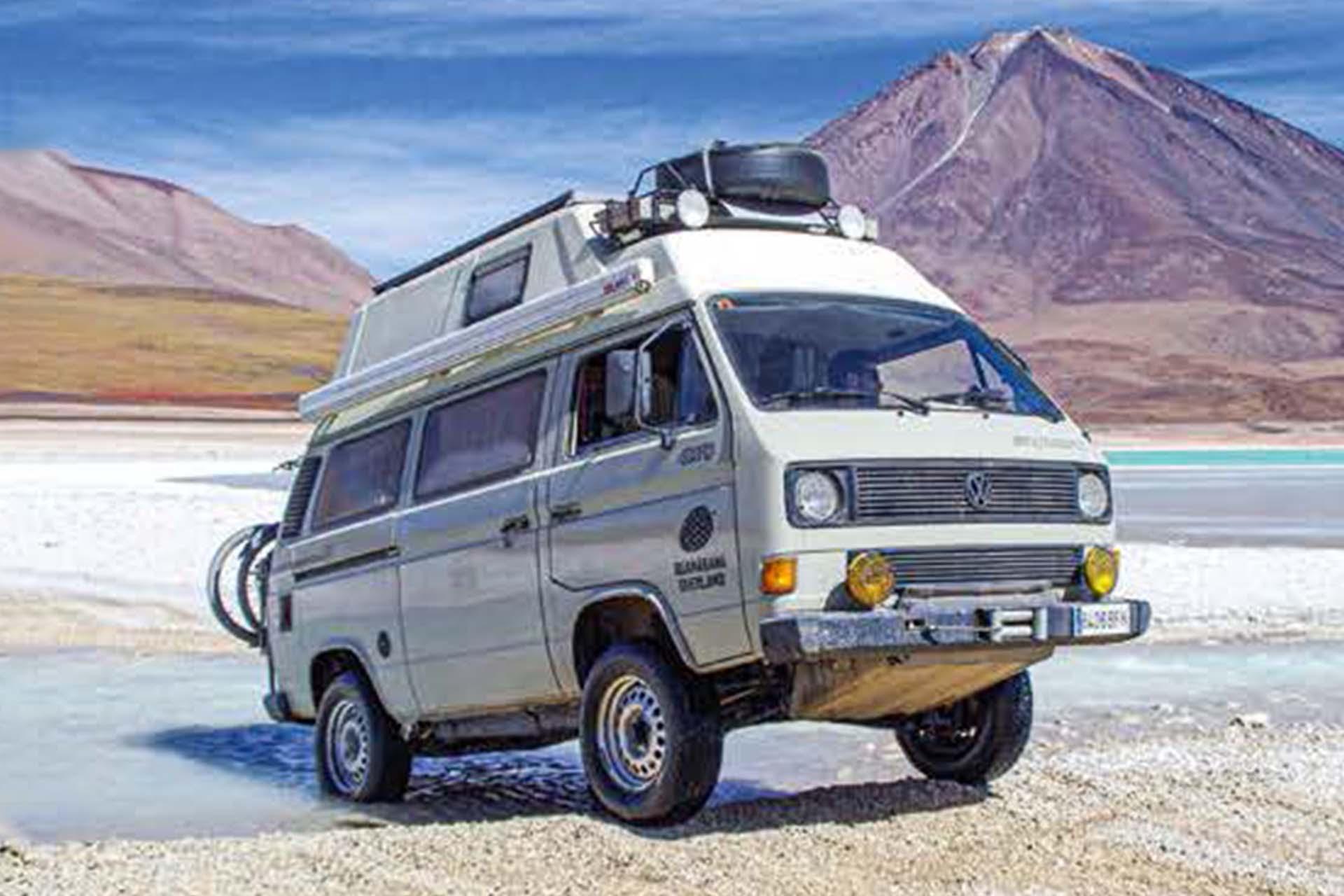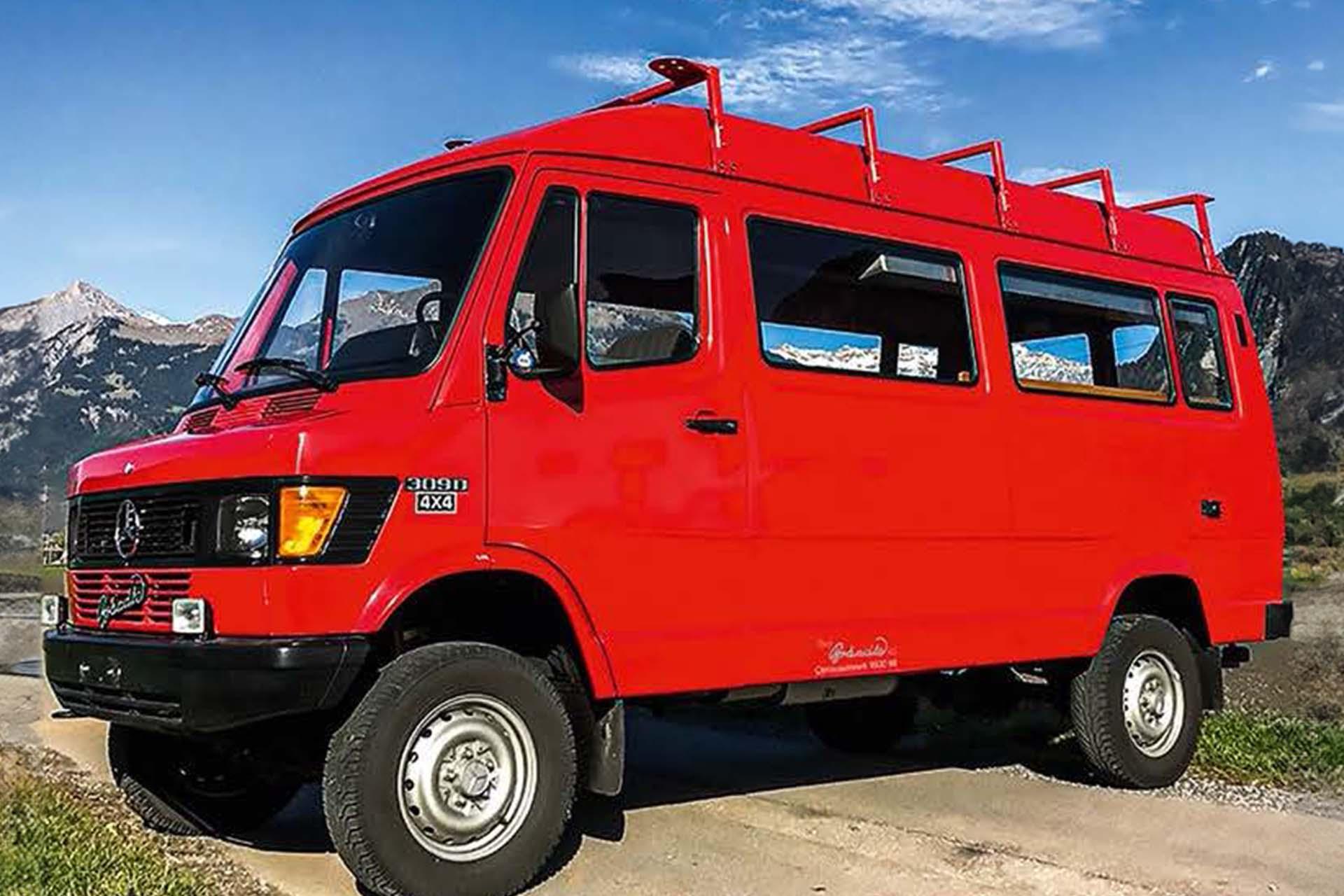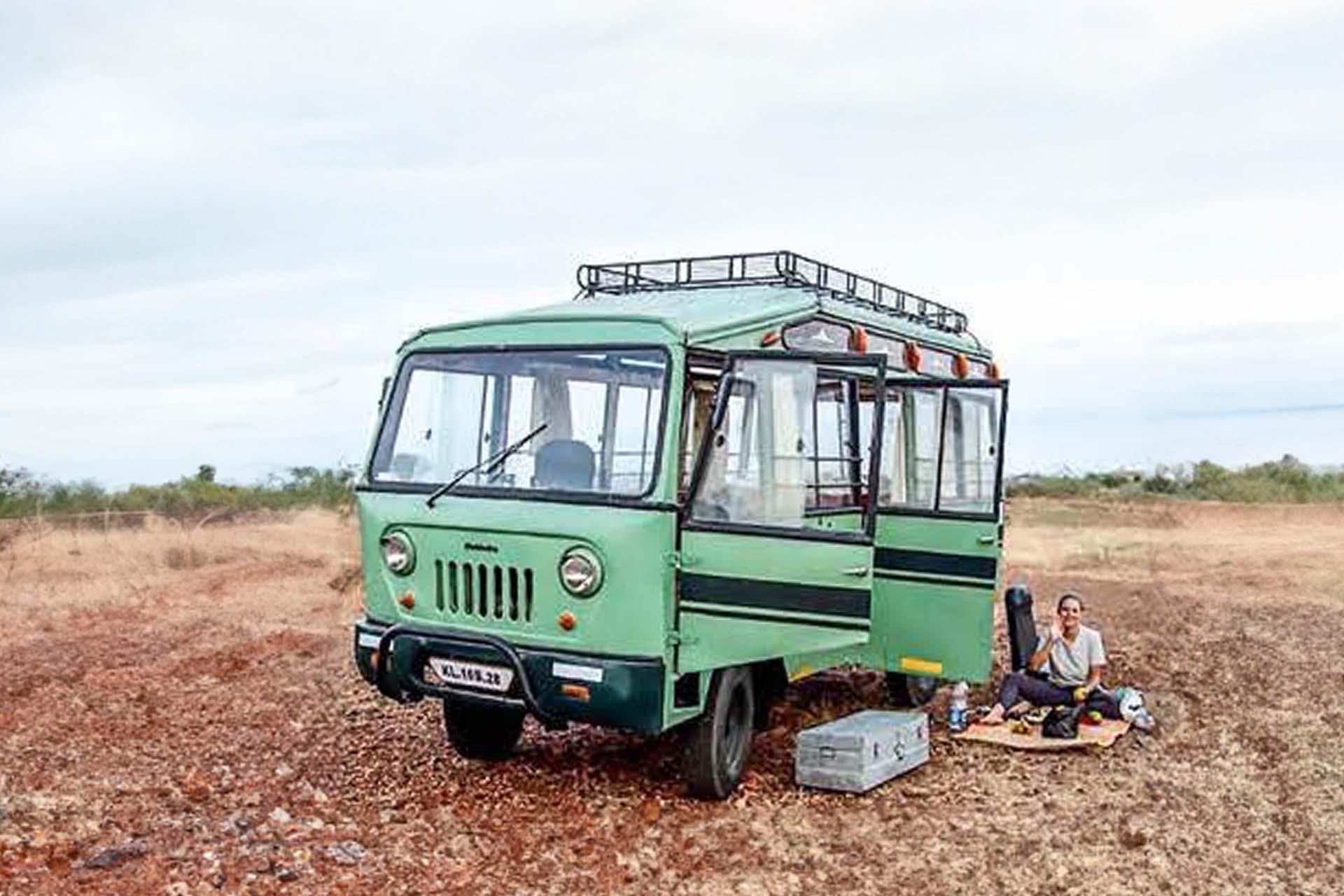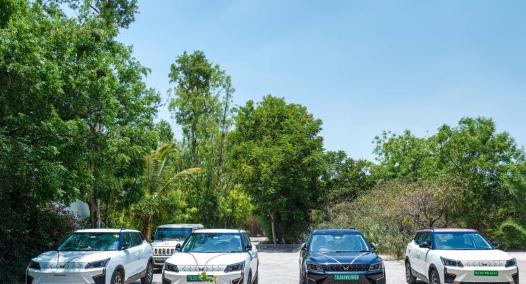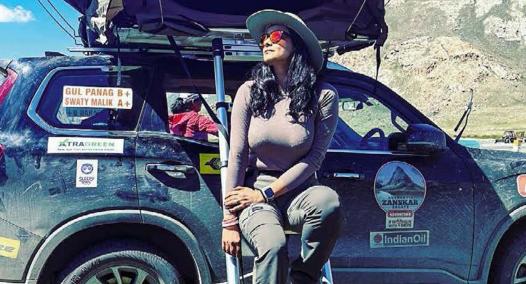Recently, I have been watching a lot of van life videos.
In fact binge watching them! I am awestruck by the
fact that people cross borders and continents, live
inside the tiny confines of their van for years without
complaining a bit. All this for a simple fact that their
wheels take them to some splendid locations and
give them the freedom to park and stay wherever
they want. In this article I would like to indulge in a
bit of day dreaming of sorts. My thoughts might
seem irrational but I am yet to know someone who
had an interesting life living rationally. So, let’s
explore.
Alternate living Just five years ago, a roof top
tent mounted on an SUV was quite rare in India.
During the pandemic, van life became a hot trend.
While millions were stuck inside their homes, there
were a few who were actually practicing social
distancing the right way. Living an RV life. A
recreational vehicle, often abbreviated as RV, is a
motor vehicle or trailer which includes living quarters
designed for accommodation. Types of RVs include
camper vans, pop-up campers, and truck campers. A
pop-up camper is a trailer fully kitted with camping
gear, camper van/motorhome is a home on wheels
based on a van that is purpose-built for living on
day-to-day basis. People with larger budgets have
fully equipped 4WD R
“Their wheels take them to splendid locations and
give them the freedom to park and stay wherever
they want”
truck campers to make their travel and living
more luxurious. Abroad, the RV is a multi-million
dollar industry. India is at a very nascent stage,
however this category is set to grow rapidly.
Realising the tourism potential out of this trend,
many state governments have proactively rolled
out their RV policy. Essential infrastructure such
as RV parks are also coming up slowly but
steadily.
. An SUV with a SWAG setup is the most
practical and least expensive option here in
India. You could add a roof top tent and also a
trailer to carry more stuff. However, tents are
neither heat nor cold-proof. Often this kind of
setup doesn’t account for an in-built toilet,
shower and laundry. Hence long term
sustenance of this kind of a lifestyle is reserved
only for a few. While a large 4x4 ex-army truck
might seem like an answer to all overlanding
woes, everything about them is more expensive!
Plus the policy on building a living space behind
an ex-army truck is still sketchy in India. Be it
the build, cost
Live anywhere A roof-top tent set up on a Thar
CRDe, modded with a hard-top and plenty
more
Options options
Abroad that is – the
Oka (top), UAZ
Buhanka (middle)
VW T3 Syncro
(bottom) or
Mercedes T1 4x4
(facing page)
of running, maintenance, parking, and
shipping, everything becomes heavy on
the pocket. There are also size restrictions
to the areas where these can go and be
parked. This brings us to vans and buses
converted to motorhomes. Vans are most
practical and manageable in size, easy to
drive and the park gives ample space to
create a tiny house and doesn’t burn a
hole in your pocket. One doesn’t need to
slouch while working and everything
including the toilet can be placed inside
the confines of the van. They are also
better than the pick-up truck based
caravan in terms of space management.
Having said that, none of the vans
available in India are exciting to me. The
Force Traveller/Urbania is a great option
but it’s not equipped with 4WD.
The only one As an off-roader
and explorer, I would want my
van to be equipped with 4WD
to reach places, park and camp
in a spot where others can’t.
How does one manage to find
a 4WD van in India? Did
India ever have one? Yes, the only one — the
Mahindra FJ 470D 4X4. In the late ’80s one would
have a faint memory of these vans doing
ambulance and school bus duties. Even to this
date, these vans can be found in the southern
Indian state of Tamil Nadu. 4WD vans are specific
to the Dhanushkodi region wherein tourists were
ferried across the sandy beaches to reach the
southern tip of India. Once these were also
prevalent in mining areas and with the state
electricity boards. Based on the stretched version
of Jeep FC150, Mahindra FJ 470 was powered by a
2.1 litre Peugeot diesel / 3.0 litre Perkins diesel and
4 speed KMT90 gearbox along with Spicer T-18
transfer case. In its original avatar, this machine
can’t be used for highway travel as it is immensely
loud, slow, and has no creature comforts. Show
them some hills and dirt, they will be in their
elements though. This van matches the specs and
persona of the rugged Russian iconic UAZ
Buhanka van also fondly known as the Bread Box

